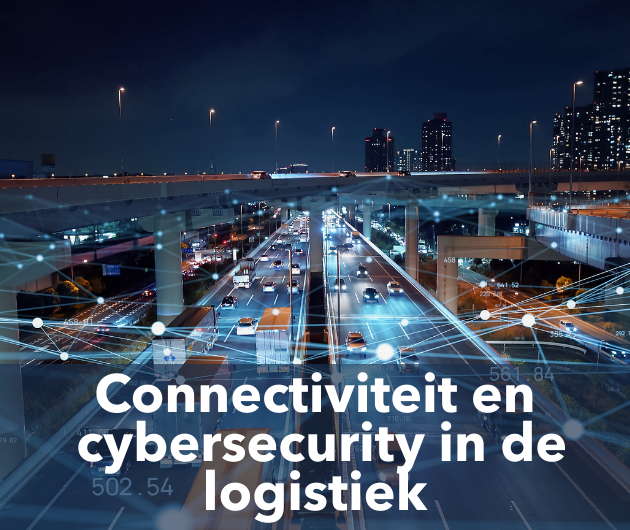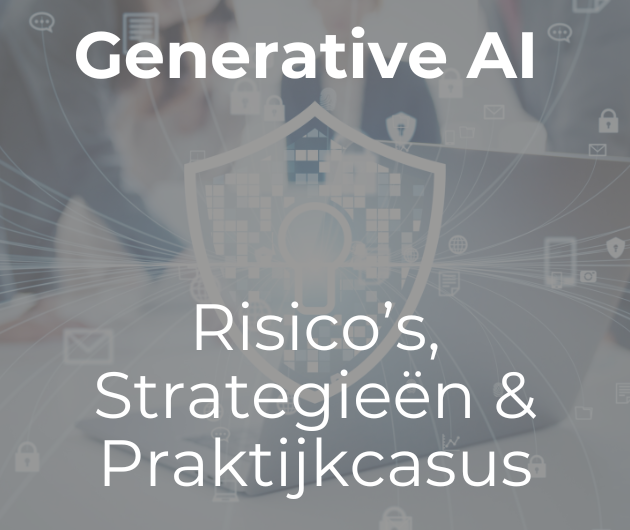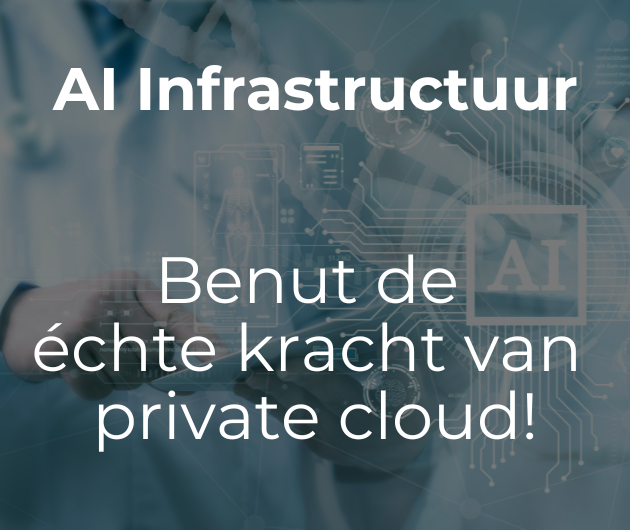A recent survey of the key interests (fears?) of IT managers and directors by CSC is rather illuminating. I am generally unimpressed by such surveys because they are usually sponsored by some organisation with a vested interest, and it is amazing just how the "facts" can be made to fit the required answers by asking the right questions. Nevertheless the responses are interesting, and if they are not every managers own top priorities, they are all relevant.
Top of the list was enterprise wide services. In other words the Internet has forced organisations to look outside their own narrow sphere and to realise that distributed processing wasn’t such a good idea after all. Not only are there so many systems in use, they also all too often run on a variety of platforms. There is even a multiplicity of management tools in most cases, which is rather self-defeating.
The second problem is organisational effectiveness. Again things have become too complex and have developed too fast. It was easier to be efficient when the IT function was isolated, but today everyone in the organisation is involved. There is not much that can be done until the systems themselves are simplified and that means a better understanding of workflow and process control. The gulf between IT and business managers is still uncomfortably wide.
The third point was organising and using data. Again this is a self inflicted wound due to uncontrolled distributed computing. Distributed processing was one thing but distributed data was always a bad idea. In any case the differences between a transaction system and an information system are considerable, which spawned the data warehouse concept. That showed all too clearly just how big a problem we had with distributed, incompatible data. An integrated ERP system, with a single database would appear to be the answer, but implementing such a radical change is both difficult and very costly. The users are by now far to wedded to there desktop PC and its local (uncontrolled) data. Investment in a corporate-wide repository system would be a stepping stone in the right direction, one that we should have taken years ago. Better late than never though,
The fourth point was connecting to customers. The problems we have sum up just how insular the IT industry is. PC applications are easy for whiz-kids to use, but far to complex for the average user, which clearly indicates that we are still isolated from the users. The majority of Web pages are so badly designed as to cause potential customers to turn away. We have got to stand back from the technology and think far more clearly just what it is that a potential customer needs and then to implement that in a genuinely user friendly way. The problem is very deep, covering the actual user interfacing and the application and data needed to provide that service. It is difficult to understand why the new generation of graphics designers have not yet improved Web designs; what are they taught?
The final point was security. From the day the first interactive terminal replaced punched cards we have had a security problem. It has got much worse because of the Internet, or has it? It may well be that we are more publicly aware of security problems because we use an operating system that begs attention from a hacker and the Internet gives them access. I suspect that computer fraud has been around for a long time, but swept under the carpet. Nevertheless we are forced to do something about the threat to security via the Internet and other communication networks, so we should also pay attention to the more company wide problems. Internal security breaches are as expensive as external ones (they have Windows as well). The most important thing is to identify the points of weakness and to assess the possible costs and balance this against the cost of providing protection. In many cases it simply isn’t worth a lot of trouble. An expert is needed to gain an overall picture of the security problem; there is far too much panic stricken, unplanned work going on.
I am left with one general comment. It is high time that we stopped playing at office systems and put maximum emphasis on workflow and process management. Simplifying IT systems is the only answer to management problems and we are tending to make them more complex! An IT managers lot is not an easy one, is it?
Martin Healey, pioneer development Intel-based computers en c/s-architecture. Director of a number of IT specialist companies and an Emeritus Professor of the University of Wales.








